Hello from Langports! Today I would like to talk about different learning styles!
Learning a second language such as English can be a challenging task, even for highly intelligent individuals like yourselves. So, what you can do to help with the language learning process is to have a strong understanding of what kind of learner you are and which learning style best suits you.
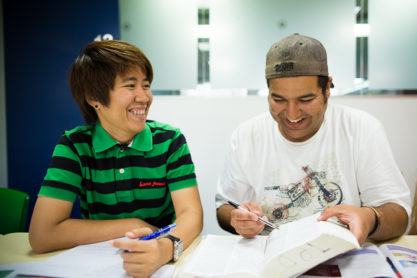

The learning style that best suits you could be one of or a mixture of the following styles;
-
Visual learner
A visual learner has a preference to use images, pictures, colours and maps to organise information and communicate with others. Perhaps in the classroom, you like it when your teacher writes notes on the board or explicitly writes up the grammatical form so you can see this information. This type of learner also prefers to take detailed notes in class as opposed to discussing the topic. Having a good collection of highlighters and designated course books to each class can help with taking clear and concise notes. Another important feature of a visual learner is that they have a preference to sit at the front of the class as this helps with the note taking process. If you identify as a visual learner, do not be afraid to ask your teacher to write notes on the board, as this is will help you to learn at your optimal level.
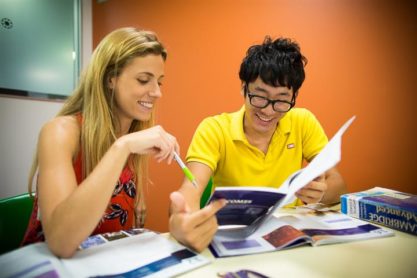
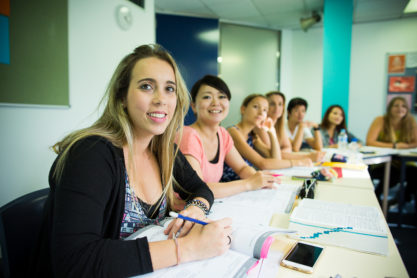
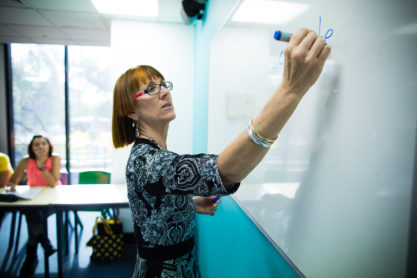
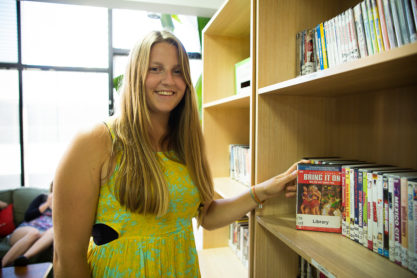
-
Auditory Learner
An auditory learner learns best by hearing and listening. In the classroom, an auditory learner enjoys when instructions are read aloud or when the teacher creates learning opportunities that involve reading dictation. Reading dictation is the activity where the teacher reads out a paragraph aloud and students are required to write down what they hear. Auditory learners also enjoy studying while listening to music and are not easily distracted by background noise. A further feature of an auditory learner is that they like to read out loud to themselves as this helps with the learning process.

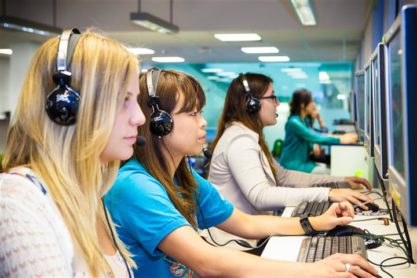
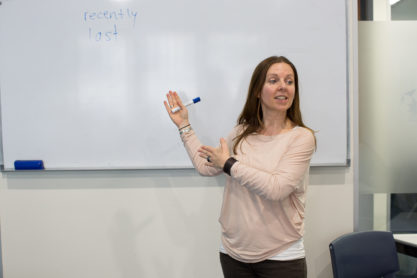
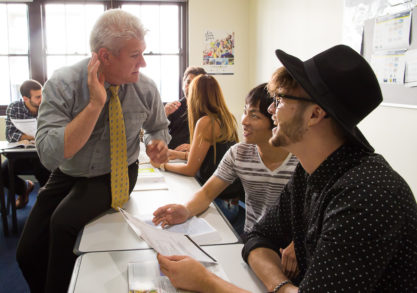
-
Kinaesthetic Learner
A kinaesthetic learner best learns by touching and doing. This type of learner likes to move around a lot and learns by completing hands on tasks. This means that they learn through doing activities and may even use their hands to gesture when speaking. They are inclined to remember what has been done but may have difficulty with what was said or seen. So, if you like to learn by doing things as opposed to just being spoken to and made to write notes, then you are most likely a kinaesthetic learner.
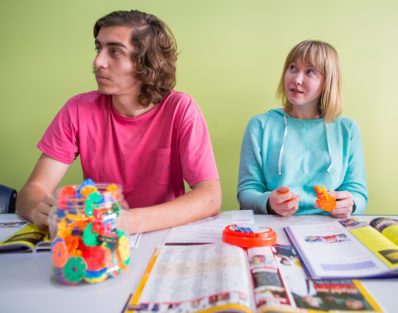
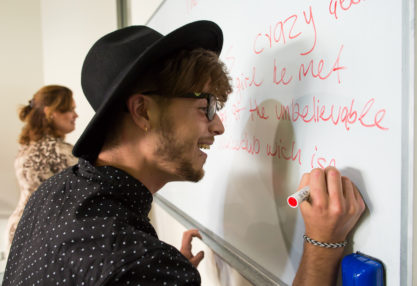
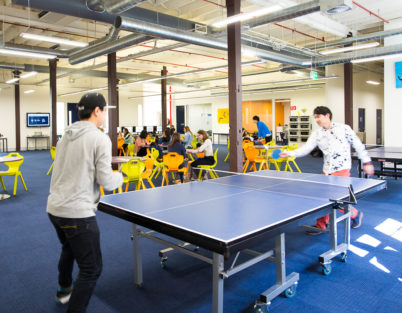

Learning a second or third language is not an easy task. However, having a good understanding of what sort of learner you are can help this process.
If you know what type of learner you are, ask your teacher if they can incorporate some of the above-mentioned techniques into their lesson as this will help you learn as much as you can.
Related Blogs;